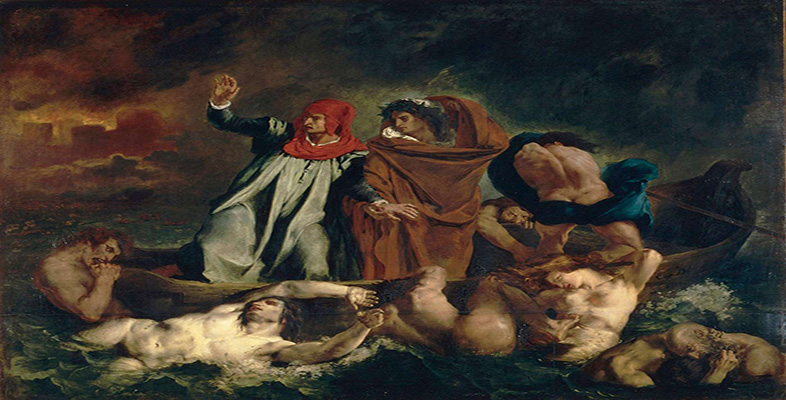3 Delacroix – classic or Romantic?
3.1 A classical education
This section maps out some of the aspects of Delacroix’s early career that help to explain his approach in Sardanapalus.
Delacroix consistently asserted his allegiance to classicism, in the broadest sense of an interest in the history and culture of ancient Greece and Rome. It had played a significant part in his early education. As a boy he attended the Lycée Impérial in Paris, which was known, before and after the empire period, as the Collège Louis-le-Grand. There he was schooled in the classics, philosophy, history and literature, studying Latin and Greek authors, as well as French seventeenth-century classic literary works such as those of Racine and Corneille. From 1815 he studied in the studio of the neoclassicist Pierre-Narcisse Guérin, where he was immersed in subjects from antiquity (see Plate 14, Guérin’s The Return of Marcus Sextus). Like his contemporaries, Delacroix regarded classicism as a matter not only of subject matter and content (the inclusion in a painting of sections of ancient Roman architecture, antique drapes and costumes, historical and mythological tales from antiquity) but also, as we have seen, of style. In Guérin’s studio Delacroix learned the rudiments of a neoclassical style of painting. Guérin eventually became the director of the French Academy (of painting) in Rome, an appointment that demonstrated his approval by the establishment. From 1816 to 1822 Delacroix also attended classes at the École des Beaux-Arts, where he received further instruction in an academic, classical style of painting, making studies from plaster casts of antique sculpture. And throughout his life Delacroix visited and copied paintings in the Louvre by artists such as Rubens, Raphael, Correggio, Titian, Veronese and Rembrandt. These were all masters from whom student painters were expected to learn, even though they did not represent a cohesive classical tradition.
Click to see Plate 14: Pierre-Narcisse Guérin, The Return of Marcus Sextus [Tip: hold Ctrl and click a link to open it in a new tab. (Hide tip)]
